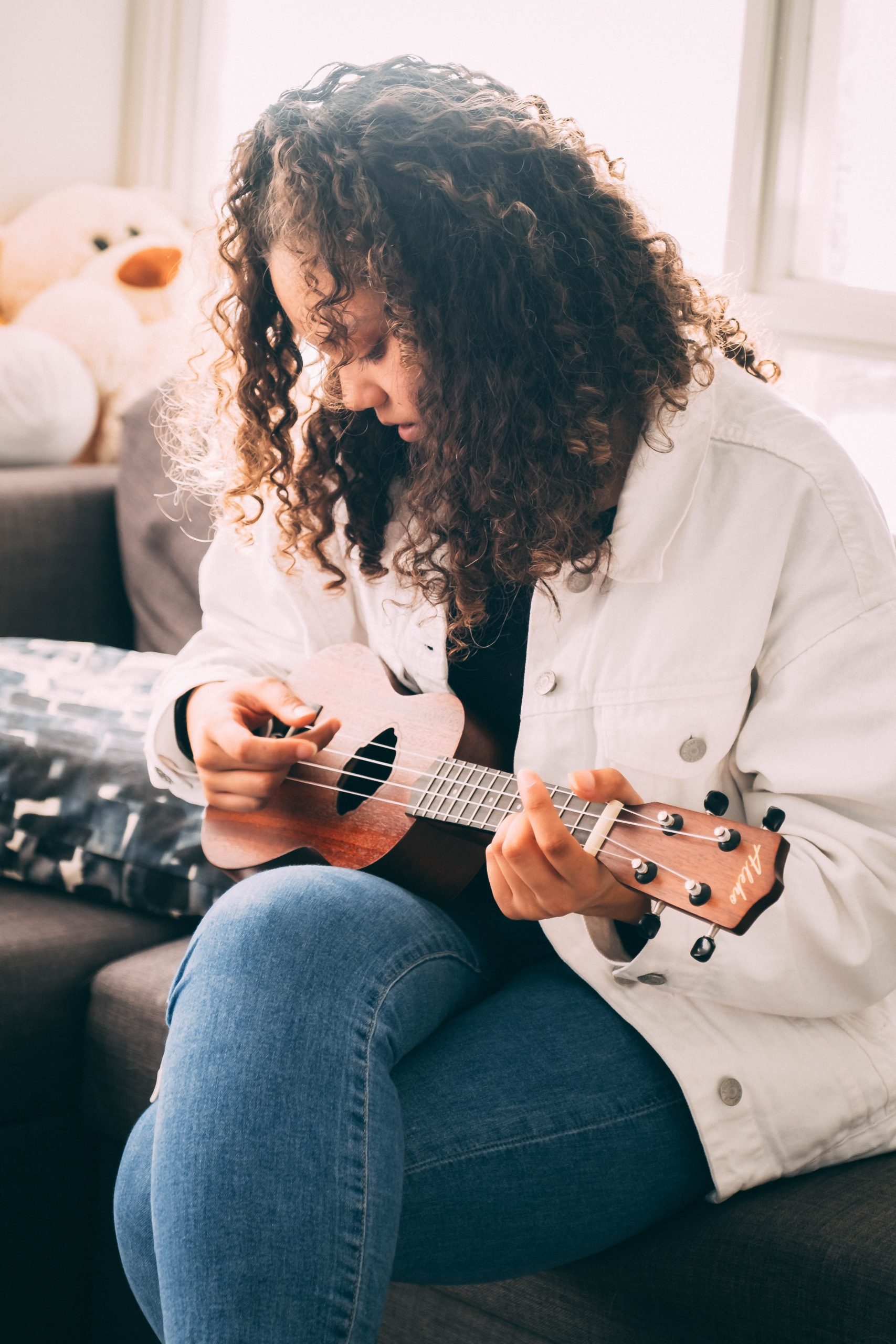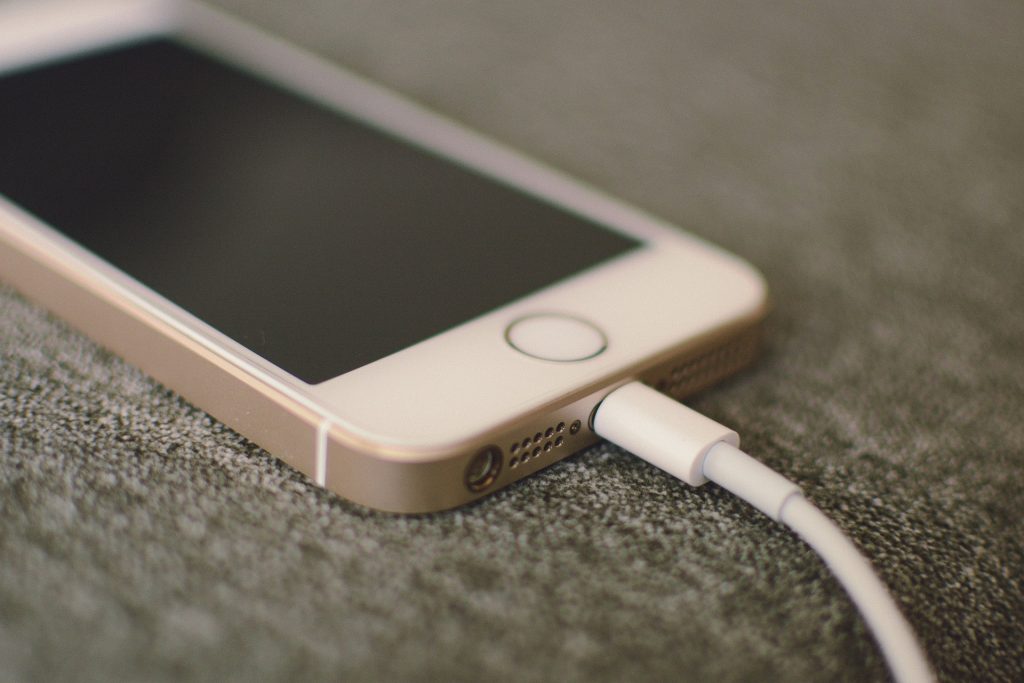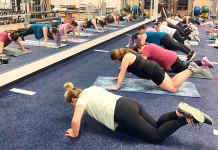 In Part 1 of How To Break Up With Your Phone, I alerted readers to the dangers of too much phone usage during our non-work hours. After reading the first half (The Wake-Up) and writing Part 1, I took a break from the book because I had reached The Break-Up half and my own addiction kept me from wanting to start. But just as in any desire to fix our issues (food, smoking, negative internal voices, etc.), you just have to start.
In Part 1 of How To Break Up With Your Phone, I alerted readers to the dangers of too much phone usage during our non-work hours. After reading the first half (The Wake-Up) and writing Part 1, I took a break from the book because I had reached The Break-Up half and my own addiction kept me from wanting to start. But just as in any desire to fix our issues (food, smoking, negative internal voices, etc.), you just have to start.
The second half of the book (The Break-Up) is broken down by week and day, so you can take a small step one day at a time. This makes it less overwhelming to accomplish the 30-Day plan. The author, Catherine Price, calms the nerves by saying there’s no need to stress and there’s no way to fail. Some exercises she recommends may work for some and not others. Each day you will learn if it’s something you can incorporate or won’t help you. Price also points out that breaking up with your phone is not a punishment. The “goal isn’t abstinence, it’s consciousness.” Try to answer the question, “What do you want to pay attention to?”
Our lives are what we pay attention to, so if you don’t want your phone to be what you center your life around, choose what should be the center of your life and attention: family, friends, nature, a hobby, that thing you’ve wanted to accomplish for years. It’s up to you.
I am not going to list out each day’s assignment. I will, however, emphasize certain tasks that I think would benefit everyone.
Week 1 is considered Technology Triage.
During this week, we assess our relationship with our phone, answer some questions about ourselves and take a few steps to release the reins, without changing much of our phone habits yet. The book will ask you questions like, What is your emotional state before you reach for your phone vs after you’ve used your phone? How does your posture change? and How do you feel when you don’t have it near you? Answering these types of questions makes us acknowledge our reasons for our overuse and our emotions. A few actions she suggests are changing your lock screen to a picture in black and white (lack of color makes it less enticing to pick up) or replacing the picture with a message such as “Why Did You Pick Me Up?” so you take a second and think about why you’ve picked it up before possibly spending 30 more mindless minutes looking at things that don’t matter. This is also the week in which we remove social media apps from our phones.
![]()
This does not mean you are deactivating your accounts. It just means going to your computer and logging in makes your decision more deliberate, which may in turn keep you from wasting your time looking at other people’s lives on Facebook or scanning befores and afters of celebrities on Instagram. Price states, “Instead of directing your FOMO (fear of missing out) toward what you think you might miss if you reduce the amount of time you spend on social media, try focusing on what you are definitely missing when you spend time on social media – which is to say, the rest of your life.” At this point you can start to rediscover your passions, get physical and reconnect with people.




Week 2 centers around changing your habits.
Price points out, “Once a habit has crossed the line to an addiction, it can be triggered by cues that are so subtle that we don’t even notice them.” This week we focus on avoiding things that trigger our phone habit, or if we want to be honest with ourselves, our phone addiction.
This week entails a bit more action. We turn off notifications with the exception of a few apps that could alert us to emergencies such as actual phone calls and school communication apps. We tidy our apps in a way that improves and simplifies our daily life. (Give yourself 1-2 hours to do this, but it’s worth it.) My home screen is now only half full of apps and they only include ones that improve my daily life: maps, weather, camera, music, pictures. Anything that steals my attention or sucks me in fast has been banished to the second and third pages of apps: shopping apps, Facebook messenger, news, browsers, even texts and email. The third page gets all the clutter that rarely gets used such as Find iPhone, photo editors, streaming services, and rarely-used social media. And since I removed Facebook and Instagram (my personal time-suckers) during week 1, I didn’t even have to bother moving them! Price even suggests rearranging your menu bar at the bottom of your phone. She states, “the mere presence of a smartphone on the table [near us] has been shown to have a negative impact on closeness, connection, and the quality of conversation – not to mention worsen people’s performances of tasks that require focused attention.”
Another big action this week is changing where you charge your phone. For years, I charged it every night next to my bed. Beginning of this school year, I chose to move it to my dresser so I’d have to at least get out of bed to turn off the alarm. I now use an actual alarm clock to wake me up because Price has motivated me to charge it downstairs every night. And you know what? It’s gotten to the point where I forget about my phone! Each morning when it’s time to take my kids to school, I realize I need to go get my phone which I haven’t even thought about for the entire hour I’ve been awake! I’ve also retrained myself to fall asleep on my own instead of waiting until I drop my phone on my face in bed. This week finishes with phubbing (phone snubbing) and setting boundaries (i.e., no phone zones, for example the dinner table) and determining times you don’t look at your phone (for example, first and last hour of your day).

Week 3 is called Reclaiming Your Brain.
This week has a lot to do with pausing, taking breaths, focusing, meditating, preparing for your trial separation and going 24 hours with your phone powered completely off. Price suggests going dramatic for these 24 hours and include smartwatches, computers, tablets, TVs, GPS and even voice-activated devices like Alexas. Live like the ’80s! We can do it! Just prepare yourself with a Mapquest printout if needed or a temporary voicemail message or text auto-responder if necessary. It’s okay to update those closest to you beforehand so they don’t worry that you’ve disappeared off the face of the earth. I chose to power off my phone from 11pm Saturday to 11pm Sunday so my entire Sunday was a digital Sabbath. I loved it! And I didn’t miss it. “Whatever activities you pick to fill your day will most likely be more memorable than staring at your phone.”
 Week 4 (and beyond) focuses on your new relationship with your phone.
Week 4 (and beyond) focuses on your new relationship with your phone.
We have to lock in the changes we’ve made and prevent regression. Our smartphones are wonderful tools, but they should be just that…tools. You answer some more questions about yourself following your separation, you choose a shorter phast (phone fast) schedule, clean up some other digital stuff such as unsubscribing from all that junk mail and unfollowing people on socials, customizing Do Not Disturb settings, along with other items Price recommends. She goes over the 7 phone habits of highly effective people and gives ideas for keeping yourself on track.
Your mentality towards your phone by the end of this breakup will almost be one of disgust. I try to view my phone as a tool to get me places, check the weather or listen to music on walks. The emails, texts and social media notifications are emergencies less than 1% of the time.


















